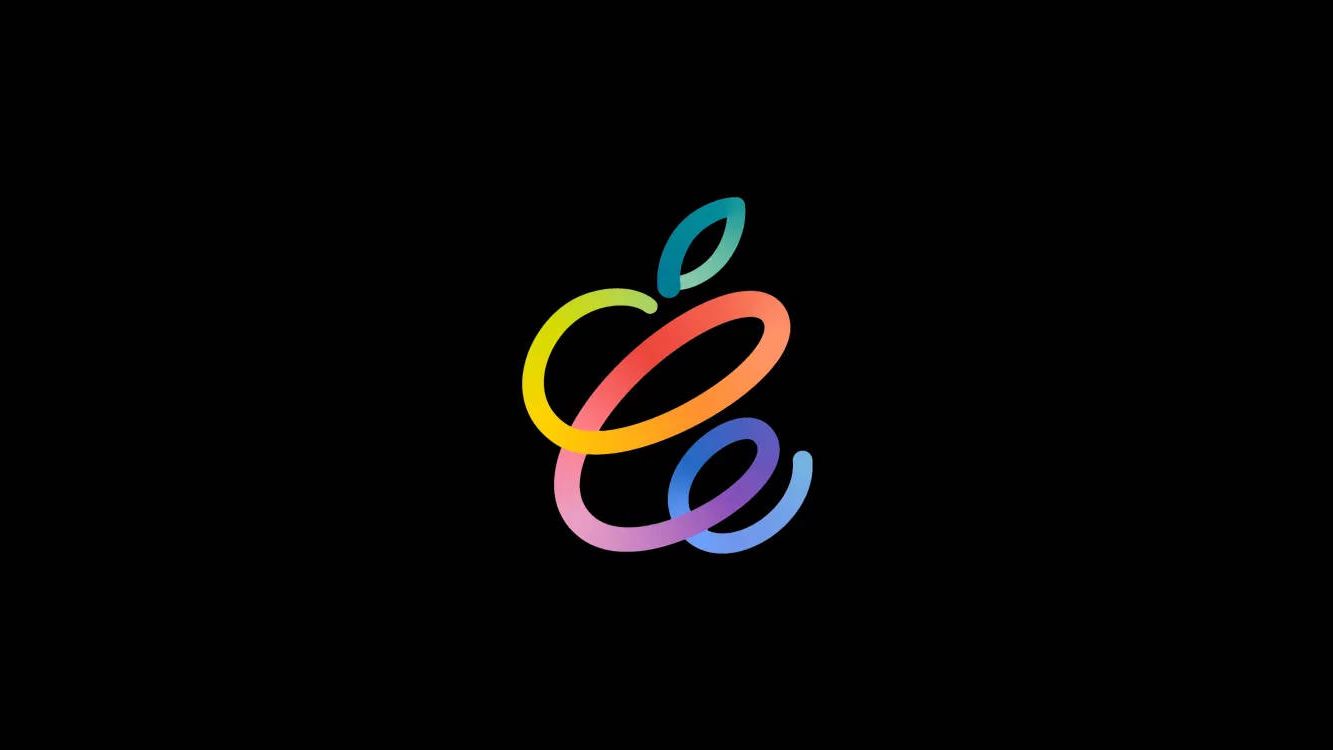
Apple’s Spring-loaded event was the talk of the internet town yesterday, and for a good reason: it was mind-blowingly great. Everything was perfect: the products, the speakers, the locations, the scenography, the production. How proud Apple employees must feel today after such a great event. I have identified seven elements that set Apple apart from its competitors.
- Coaching. Get public speaking coaching. If you look at the video, the delivery of each speaker is impeccable: their diction, their voice, their posture, their body language. It always amazes me when I go, for example, to some top consulting firm only to be told, “Partners don’t need to be coached.” Here is the truth: most of your partners desperately need to be coached.
- Leadership. It is obvious, from the way the event is made, that Tim Cook, the CEO of Apple and main protagonist of the event, was heavily involved in its preparation. I will go further: the new format for the event was only possible because of Tim Cook’s leadership, sponsorship and direct involvement. While the event company behind it did most of the heavy lifting, ultimately Tim Cook took ownership of the result.
- Preparation. Something that most people will overlook is the insane amount of preparation required to reach such a level of perfection. If you decide to dedicate just one hour to the preparation of the event because you’re too busy, or worse, if you decide to just wing it, you will never make the cut for Apple’s event.
- Script. There was not a single boring moment in Apple’s event. Everything was well paced and fell into place naturally. Why? Because they took the time to build a detailed script in advance rather than throw stuff at the audience and see what sticks.
- Product. Each product is the best in its field, period. I know I am an Apple fanboy, but in the past I criticized the products that I found underwhelming (for example I still think the Mac Pro is an over-engineered and ugly mess, and let’s not talk about those $700 wheels). The event in itself is sleek, but what truly matters, the products, are insanely great.
- Quality. When we prepare an event, we often receive poorly filmed footage, shot in an untidy room, grainy and with terrible audio (background noise, low volume). While recent advances in image and audio treatment allow us to slightly improve the original material, there is no miracle: if you want your event look like a million dollars, it has to be filmed and recorded by professionals. There is no shortcut, but there is a final cut.
- Values. Say what you want about Apple, they put their money where their mouth is. The video included an excellent mix of people of different gender and ethnicity. I understand that the mix does not accurately represent Apple’s actual workforce and that some may find it unfair. It’s a question of choice and I think Apple does it right: you have to be the change you want to see in the world, or it will never happen. Speaking of values, it is good to see a high-tech company try to address the environmental issues it causes. However, Apple is far from perfect on that front, so I give them a C+ for effort.
There is one thing that was missing from the event: naturalness. It was so perfect that you lose a bit of human connection. But I think that Apple’s objective has been attained: they have set an incredibly high bar for their competitors. In the late nineties, when Steve Jobs came back at the helm of the company, he imprinted his trademark keynote style on product launches. It literally took years for other companies to catch up (and copy Apple’s keynote style). This time, I’m curious to see how long it will take for companies like Microsoft, Google, Intel or Nvidia to adapt.
I will end this piece with one thought-provoking question: how long will it take for your company to adapt?